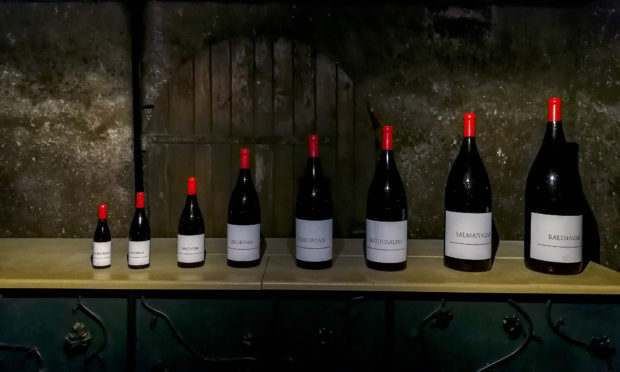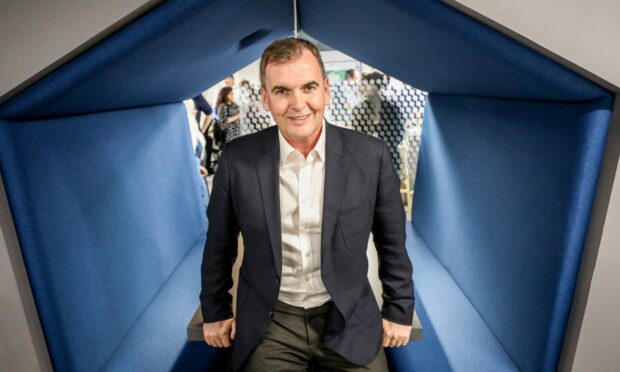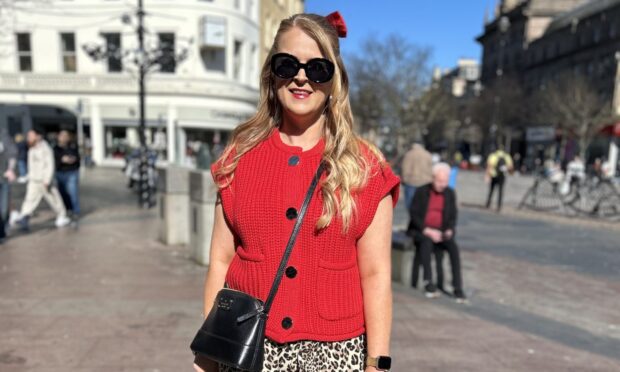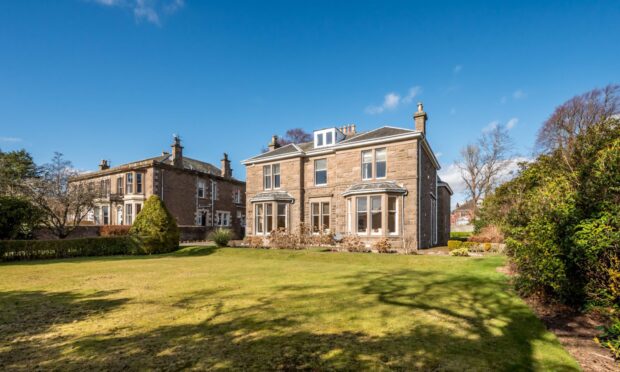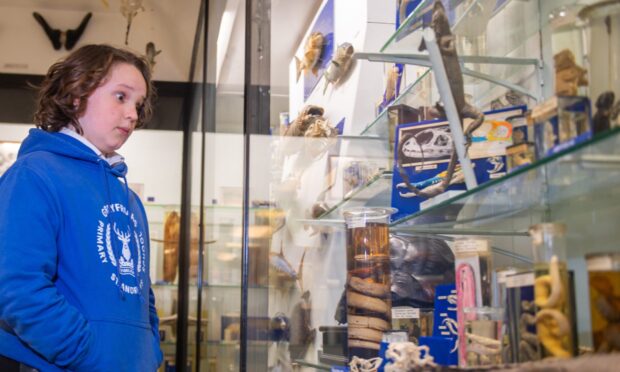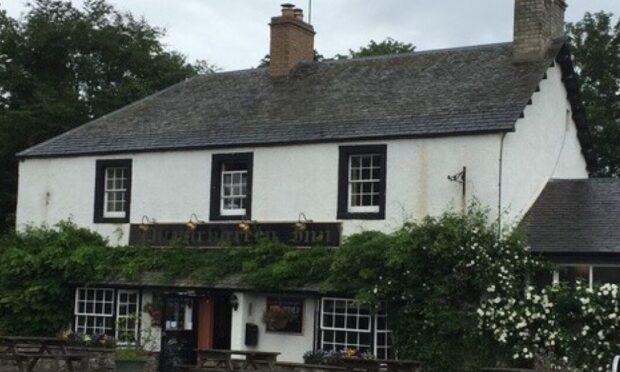I have always been fascinated by the amazing range of bottle sizes (and shapes and styles) that whisky and other spirits get sold in. From miniatures to magnums, and countless other sizes, drink can be bought in every conceivable liquid measure.
Back in old imperial days, most drinks came in pints (568cc), quarts and gallons (4544cc). But for some mysterious reason, whisky was sold in one-sixth of a gallon bottles or, as their labels quaintly stated, 26 and 2/3rd fluid ounces, or 757cc, a strange measure that lasted for decades.
Metrication arrived, and spirit bottles shrank to 750cc or 75 centilitres, a small drop in size. Later the standard spirit bottle in Europe shrank further to 70cl, although wine bottles stayed at 75cl. Not that 75cl spirit bottles totally disappeared – spirits bound for certain export markets remain at 75cl, most spirits at airport duty-free shops were sold in litres, or sometimes old-fashioned quarts (1136cc), aimed at fliers heading to the US.
Today, wholesalers and cash-and-carries tend to sell 1.5 litre magnums of fast-selling spirits, mainly destined for pub gantries, and occasionally rare large bottles (up to 4.5-litres/one gallon) can be found.
On the other hand, retail liqueurs often sell in half-litre/50cl bottles while spirits often sell in flat, fit-your-pocket half bottles at 35cl and quarters at 175cc. Increasingly popular, too, are cylindrical 20cl/200cc bottles of single malts, aimed at people who want to take a sample home but don’t want a full bottle. At the Lilliput end are miniatures, usually 50cc but occasionally 30cc.
However, in the world of big bottles, the crown, or indeed several, belongs to champagnes. They have the biggest range and the most amazing choice of names, many with historical, even biblical, connotations.
Leap-frogging the humdrum bottle are, first, the Magnum (two bottles), then the Jereboam (four bottles), and the Rehoboam (4.5 litres or six bottles). But these are dwarfed by the Methusalah (eight bottles, six litres), Salamanzar (12 bottles, nine litres), Balthazar (16 bottles, 12 litres) and finally the Nebuchadnezzar (20 bottles, 15 litres).
The biggest I have ever clapped eyes on was a Salamanzar of Veuve Clicquot many years ago priced just into three figures. With the benefit of hindsight, I wish I’d had the bottle to buy it.
